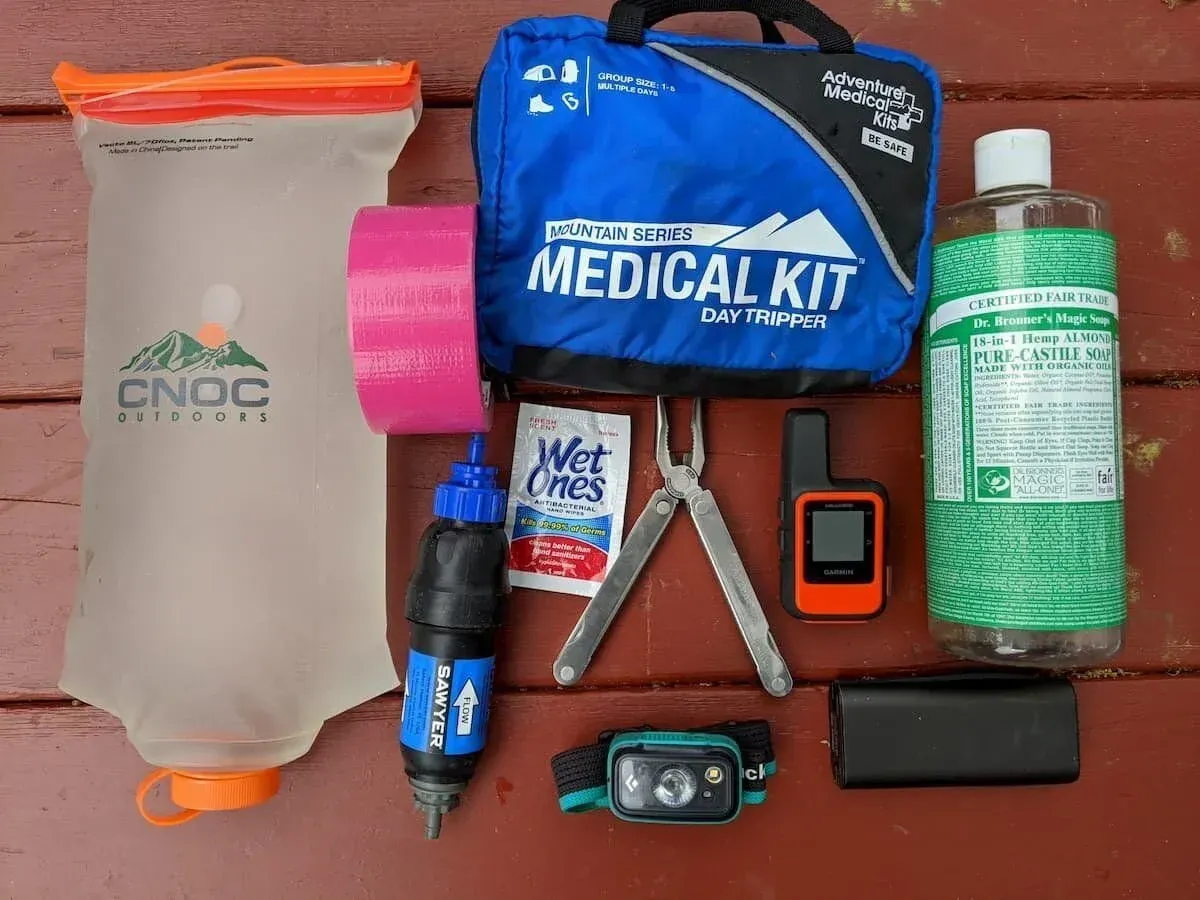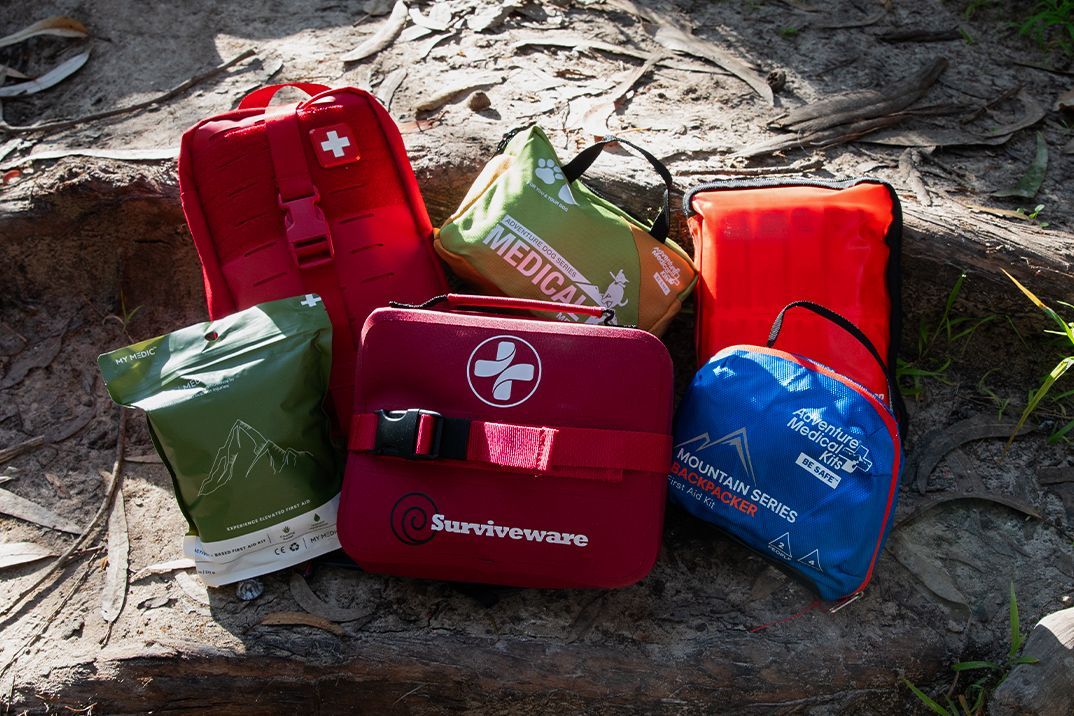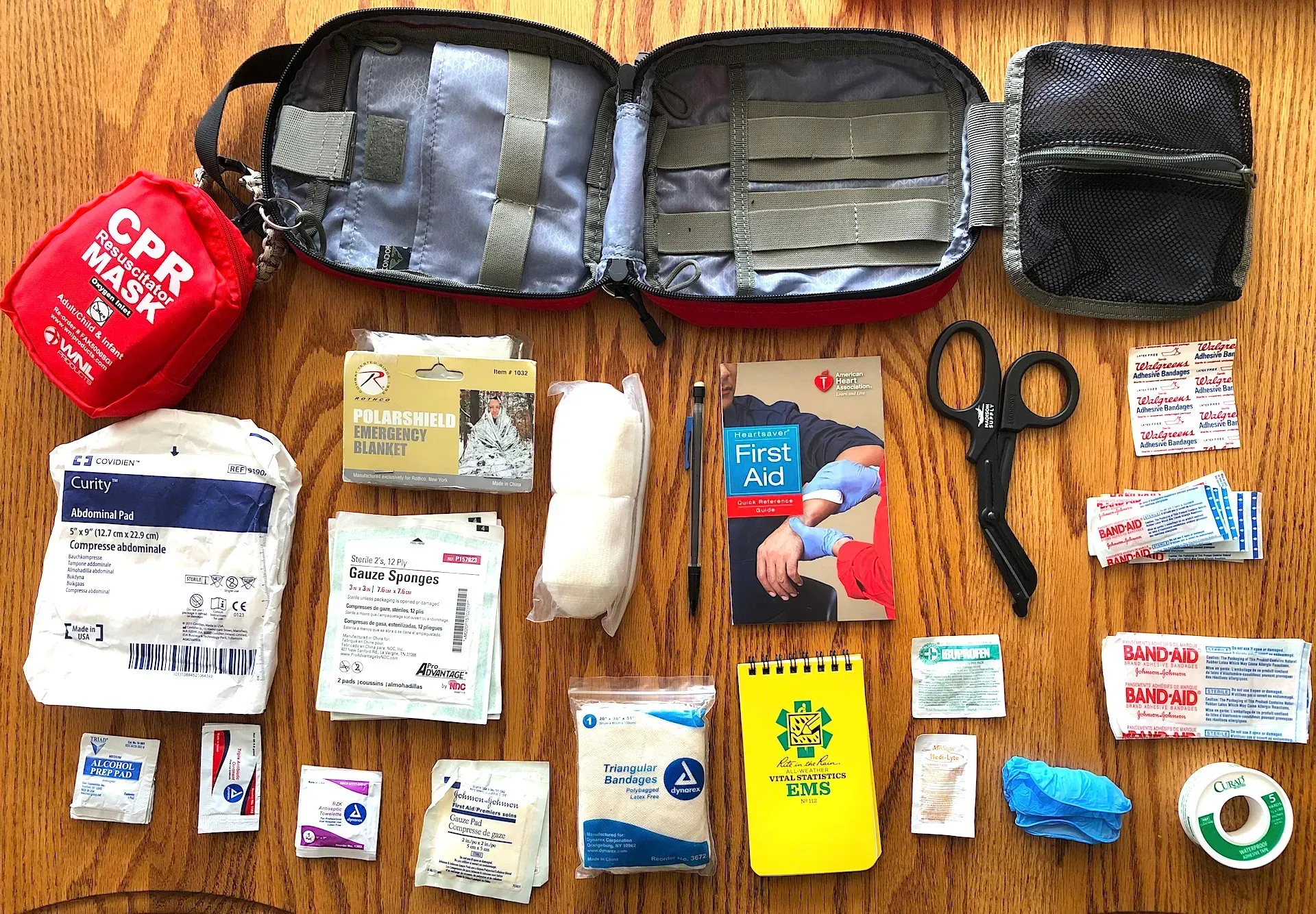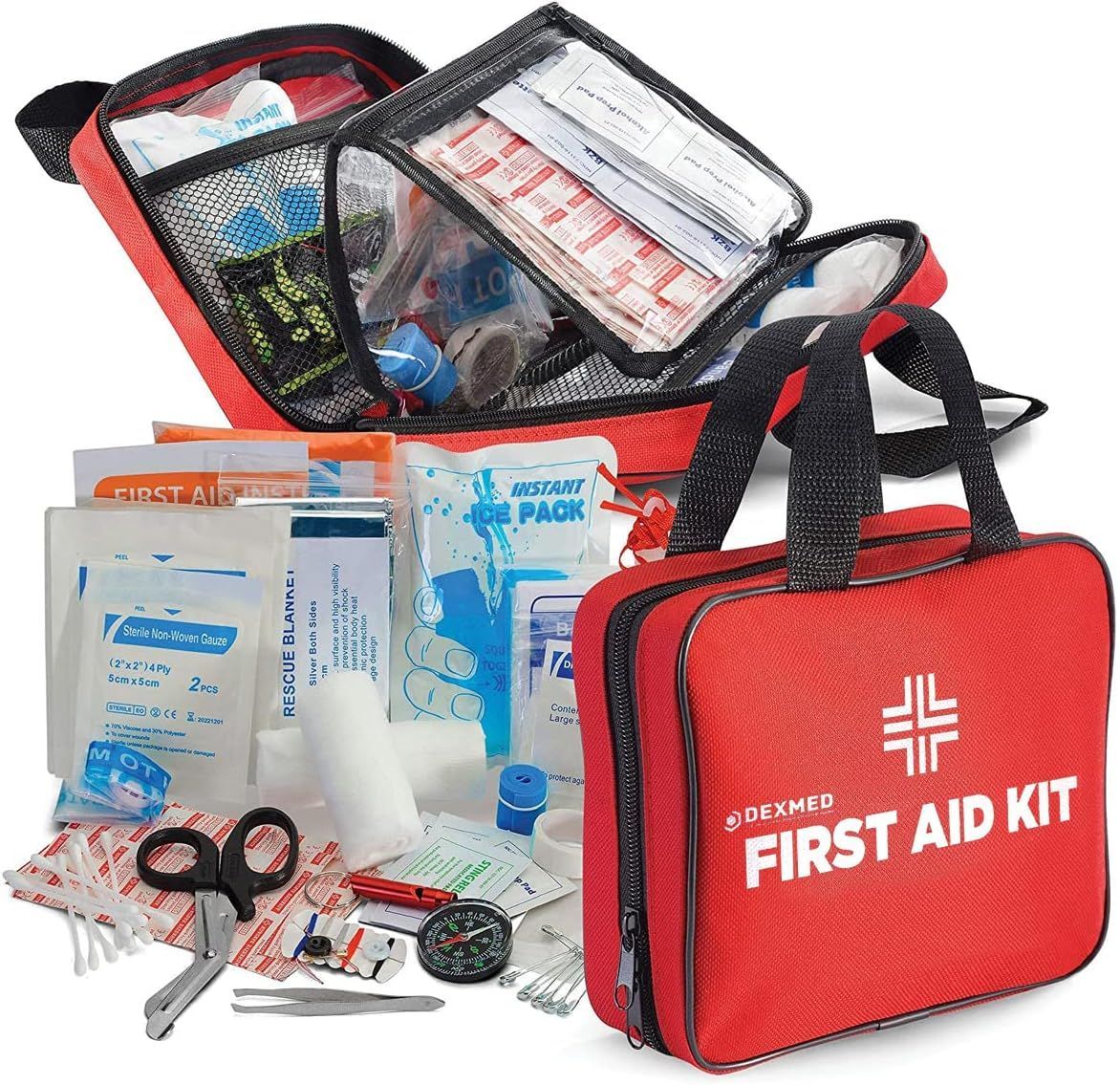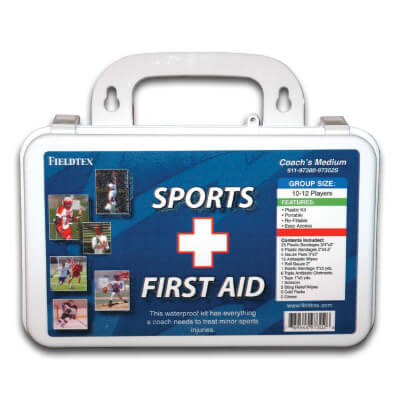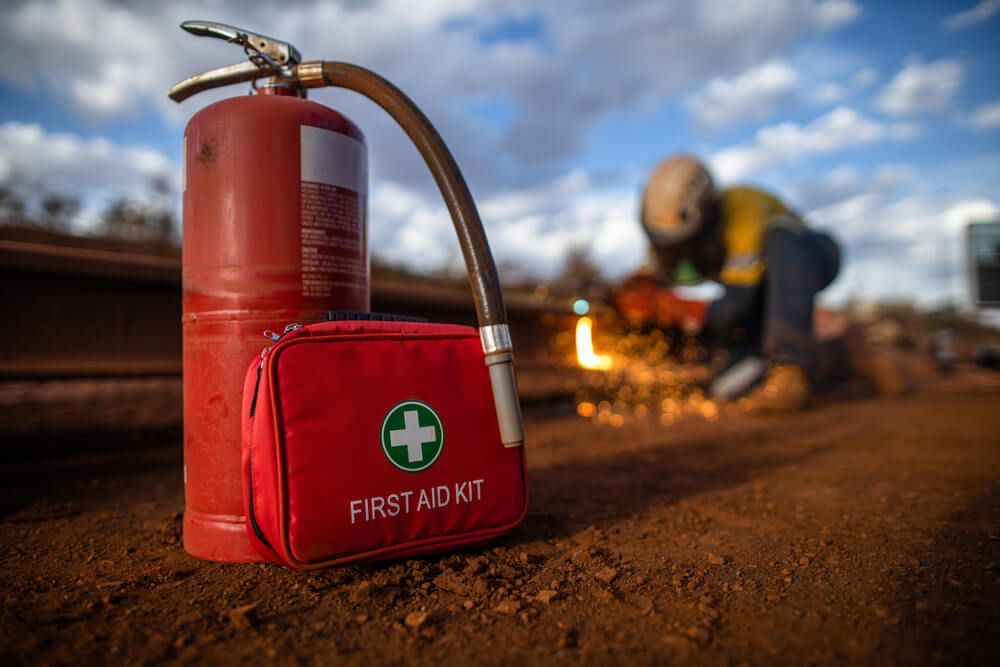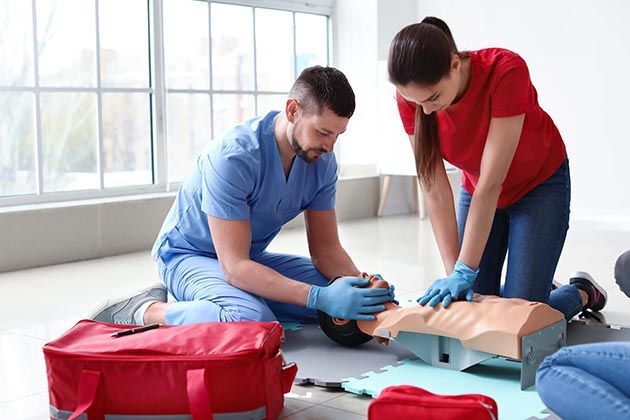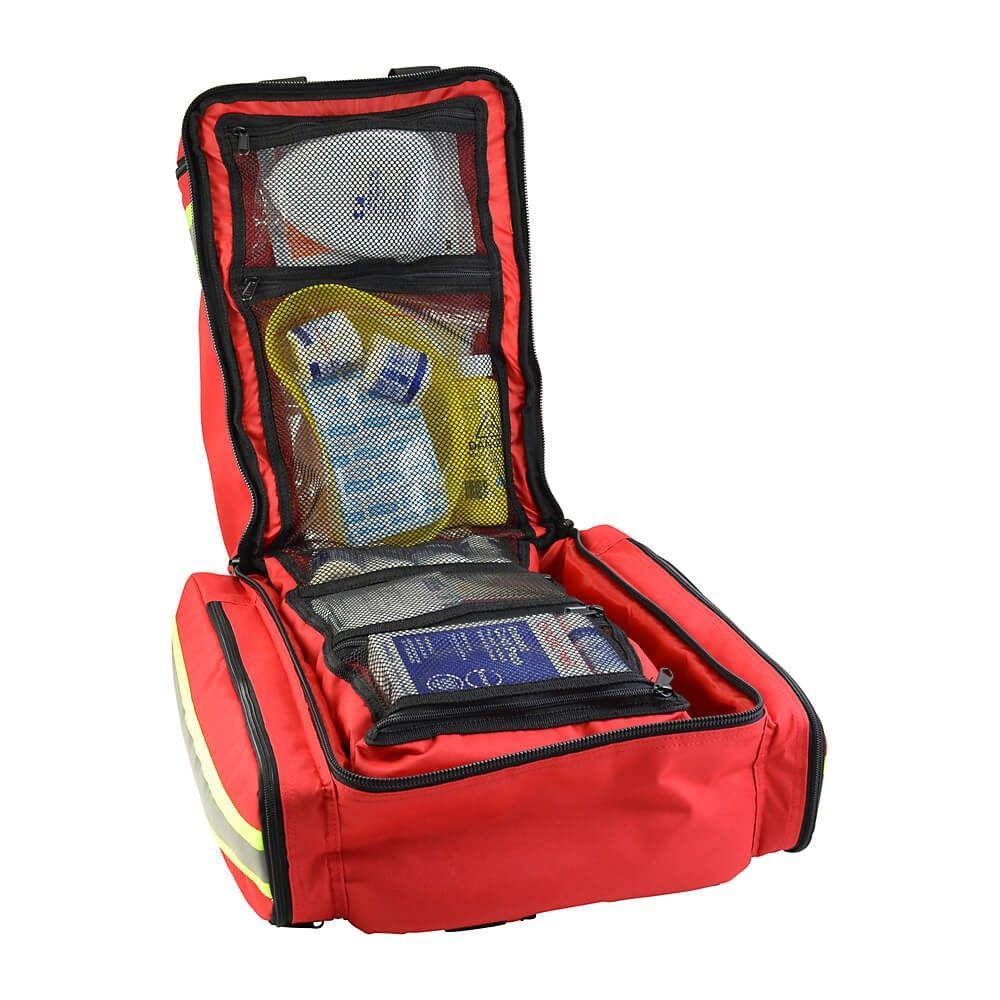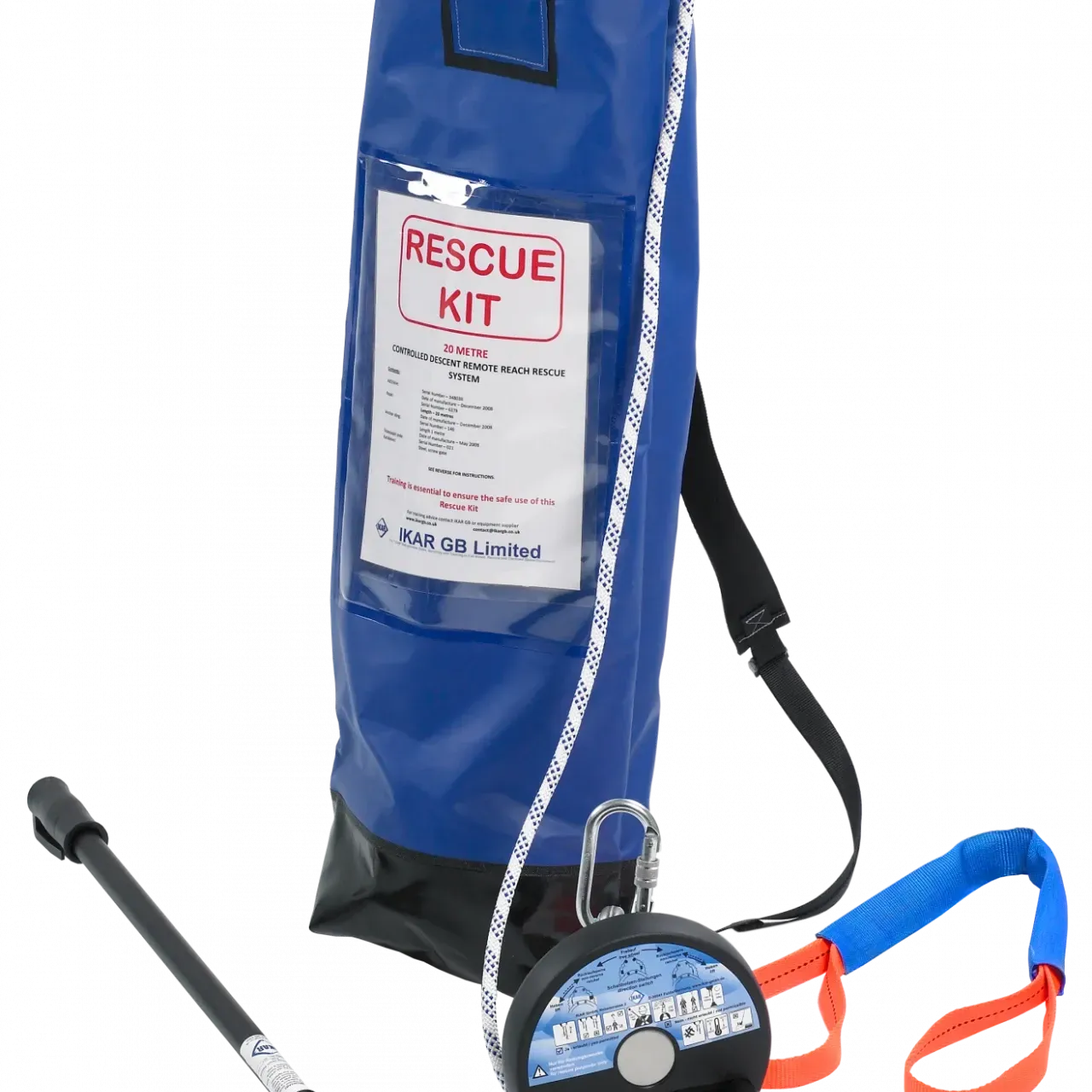How to Store and Maintain Your Rescue Kit for Long-Term Readiness
TLDR:
To keep your
rescue kit ready for emergencies, store it in a waterproof, labeled container in an accessible location, and check it every six months to rotate perishables, update supplies, and adjust for seasonal needs. Regular maintenance ensures that every item remains usable and your kit meets the current needs of your household or organization.
Why Proper Storage and Maintenance Is Crucial

Emergencies strike without warning. Whether it's a natural disaster, an industrial accident, or a roadside emergency, having a well-prepared rescue kit is critical. But having the kit isn’t enough—you must store it properly and maintain it regularly to ensure its effectiveness when it’s needed most.
At
Rapid Rescue Kits, we’ve seen firsthand how overlooked details—like expired batteries or moldy food—can turn a once-reliable kit into a useless box. That’s why we’re here to guide you through the essentials of long-term rescue kit readiness from a professional perspective. If you're just getting started and unsure what kind of setup to go with, we also recommend reviewing the
best emergency kit options to ensure your foundation is solid before focusing on maintenance.
Where to Store Your Rescue Kit
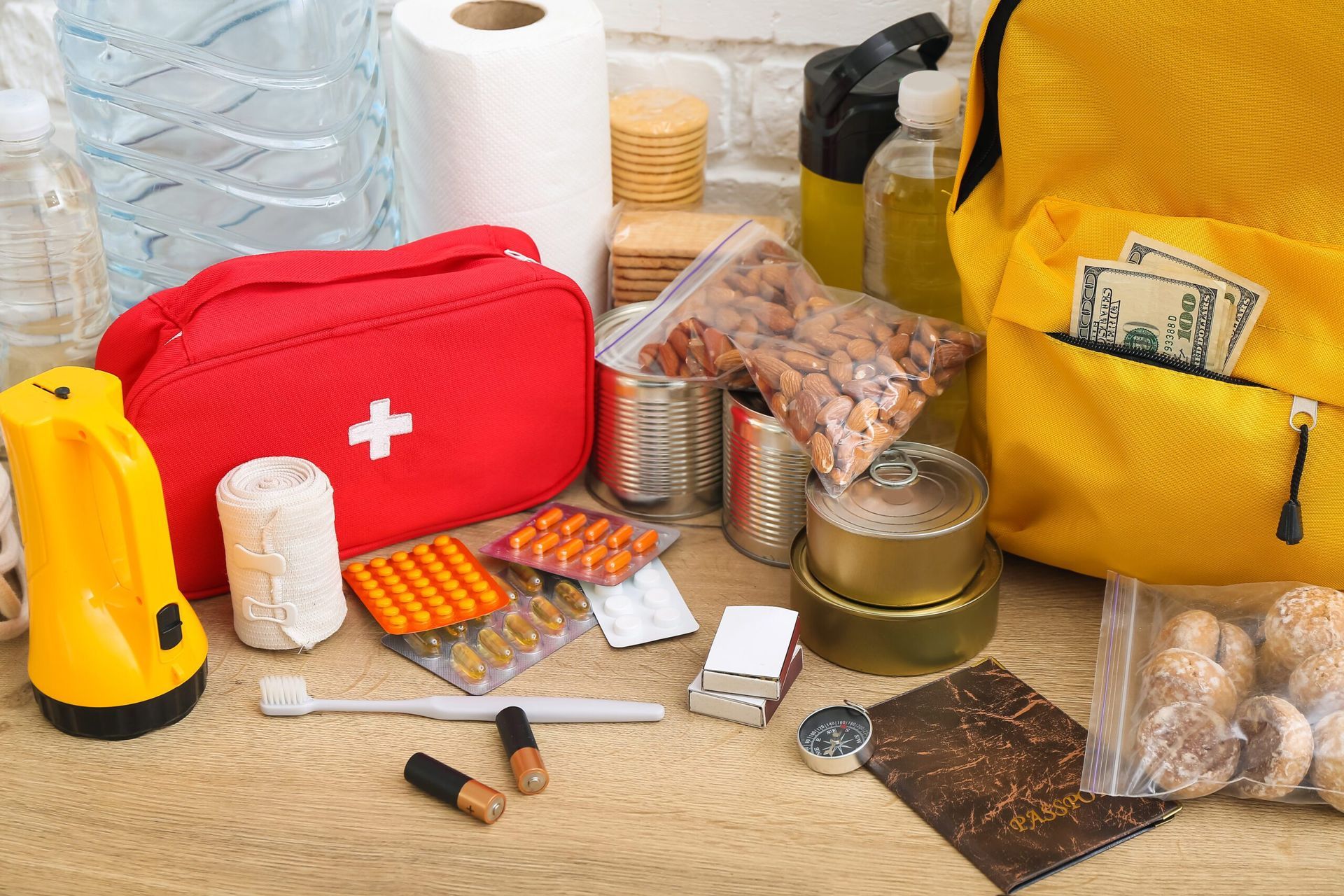
Location is everything. If you can't find your kit when disaster hits, it's as good as gone. Here’s how to ensure it’s both protected and accessible.
Accessibility Matters
- Store your kit in a place that
everyone in your household or team can reach easily—hallway closet, under a bed, garage shelf, or near the front door.
- Avoid locked storage or obscure corners. In a panic, people revert to instinct. Make the location memorable and consistent.
- Keep your
"go-bag" version (a smaller emergency kit) in your car, work locker, or near your exit route.
Ideal Storage Conditions
- Use a
waterproof, airtight container. Plastic bins with locking lids and wheels are ideal.
- Elevate it off the ground to avoid water damage.
- Keep away from direct sunlight or extreme heat to protect medical supplies, batteries, and food.
Labeling for Quick Reference
- Use
large, bold labels indicating:
- What the container is (e.g., “Emergency Rescue Kit”)
- When it was last checked or restocked
- Include an
inventory sheet taped inside the lid or attached to the side in a waterproof sleeve.
Kit Maintenance: What, When, and How
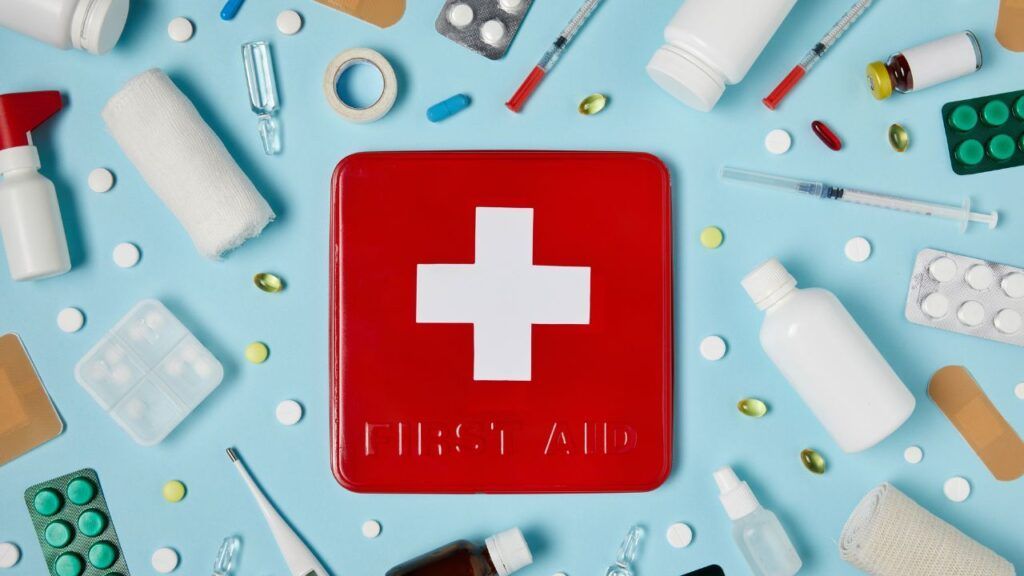
Neglecting your kit for months (or years) makes it unreliable. Like a fire extinguisher or a first aid kit, it requires regular upkeep.
Schedule Routine Inspections
- Check your kit every 6 months.
- Use calendar reminders, phone alerts, or align checks with daylight savings changes to create a routine.
Rotate Perishables and Supplies
- Replace expired food, water pouches, and over-the-counter medication.
- Swap out any
damaged or weather-sensitive supplies, such as:
- Bandages that have yellowed
- Batteries that have corroded
- Plastic wrapping that’s torn or worn
- Review tool functionality—test flashlights, check knife sharpness, and inspect duct tape adhesion.
Account for Personal and Family Changes
- Has someone developed new allergies? Add alternative snacks or medications.
- New baby? Add infant care items.
- Pet added to the household? Include extra food, leash, and waste bags.
Seasonal Adjustments to Your Rescue Kit

Different times of year pose different risks. Cold weather and heat waves each require unique additions to your emergency kit.
For Winter:
- Mylar emergency blankets or wool blankets
- Chemical hand warmers
- Extra gloves, socks, and hats
- Ice scraper or shovel (especially for vehicle kits)
For Summer:
- Extra drinking water
- Sunscreen and insect repellent
- Lightweight clothing and extra electrolyte packets
- Cooling towels
Storm-Prone Seasons:
- Add waterproof bags for electronics and documents
- Extra batteries or a solar-powered charger
- Whistle or signal mirror
Include and Protect Important Documents
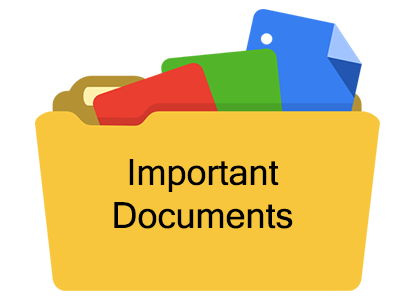
In an emergency, paperwork can save you time and lives.
Documents to Include:
- Copies of IDs, insurance cards, and prescriptions
- Emergency contact lists
- Medical history and allergy information
- Local evacuation maps and shelter info
Storage Tips:
- Keep them in a
waterproof, fireproof pouch.
- Update every time there’s a change in insurance, medical status, or family structure.
Keep a Digital Backup
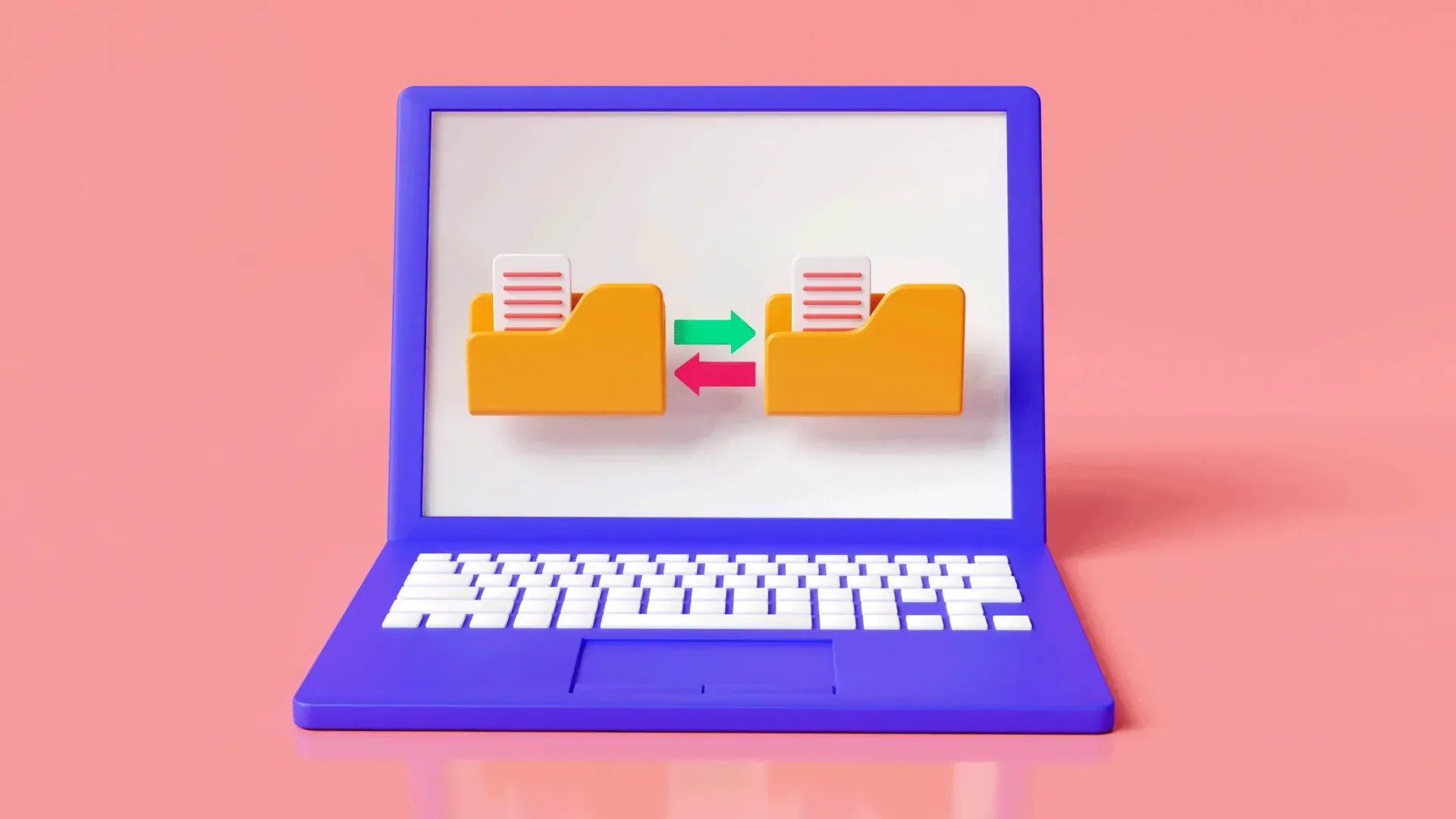
Physical kits can be lost, but digital records give you redundancy.
- Store scanned copies of documents on a USB drive kept inside the kit.
- Use encrypted cloud storage for access from any device in case your primary kit is damaged or lost.
Don’t Forget the Tools and Tech
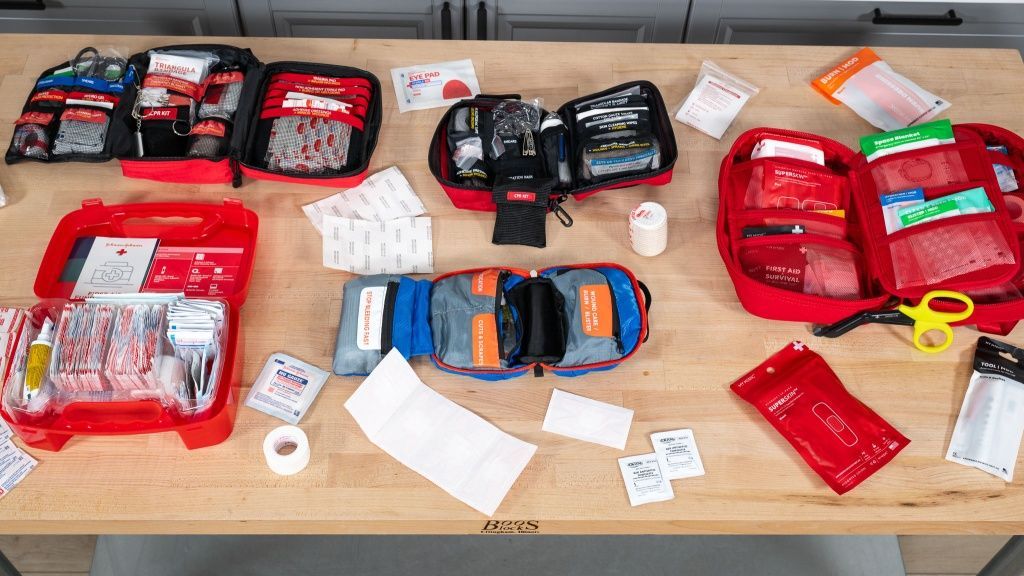
A well-stocked kit includes more than just food and medical supplies.
Electronics:
- Flashlights (with extra batteries or hand-crank option)
- Battery banks or solar chargers
- Emergency radios (NOAA weather radios are best)
Tools:
- Multi-tool or utility knife
- Duct tape
- Rope or paracord
- Firestarter or waterproof matches
- Pry bar (for urban rescue situations)
All of these should be tested regularly and replaced if damaged or expired.
Inventory Management: The Hidden Key to Readiness
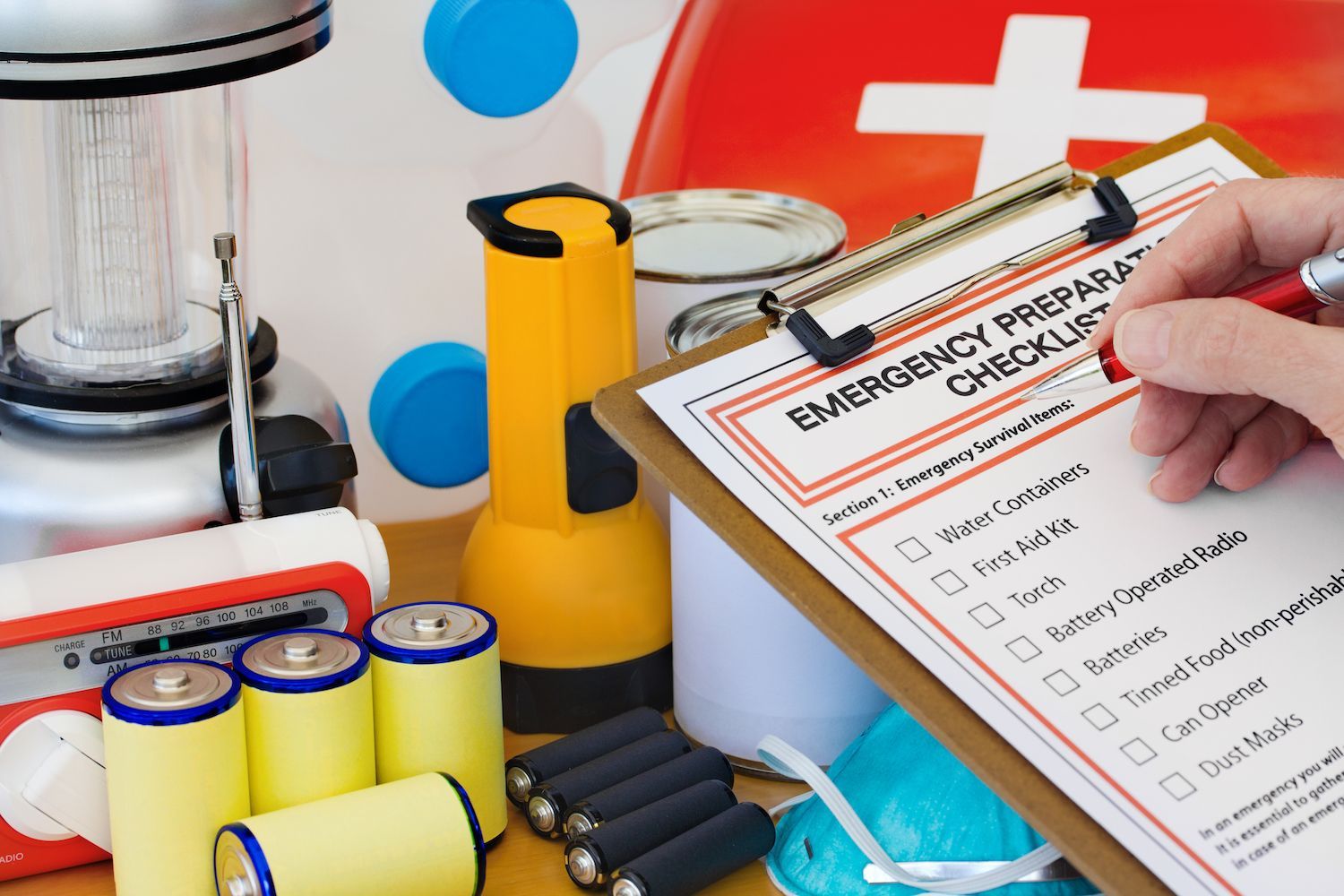
Knowing what you have and where it is saves valuable seconds.
Best Practices:
- Keep a
printable inventory list—categorize by food, medical, tools, documents, etc.
- Note
expiration dates next to each item.
- Update the list during each maintenance cycle.
Advanced Tip:
- Use a
QR code system to scan and update your inventory digitally—especially helpful for organizations or large families.
Who’s Responsible? Everyone.
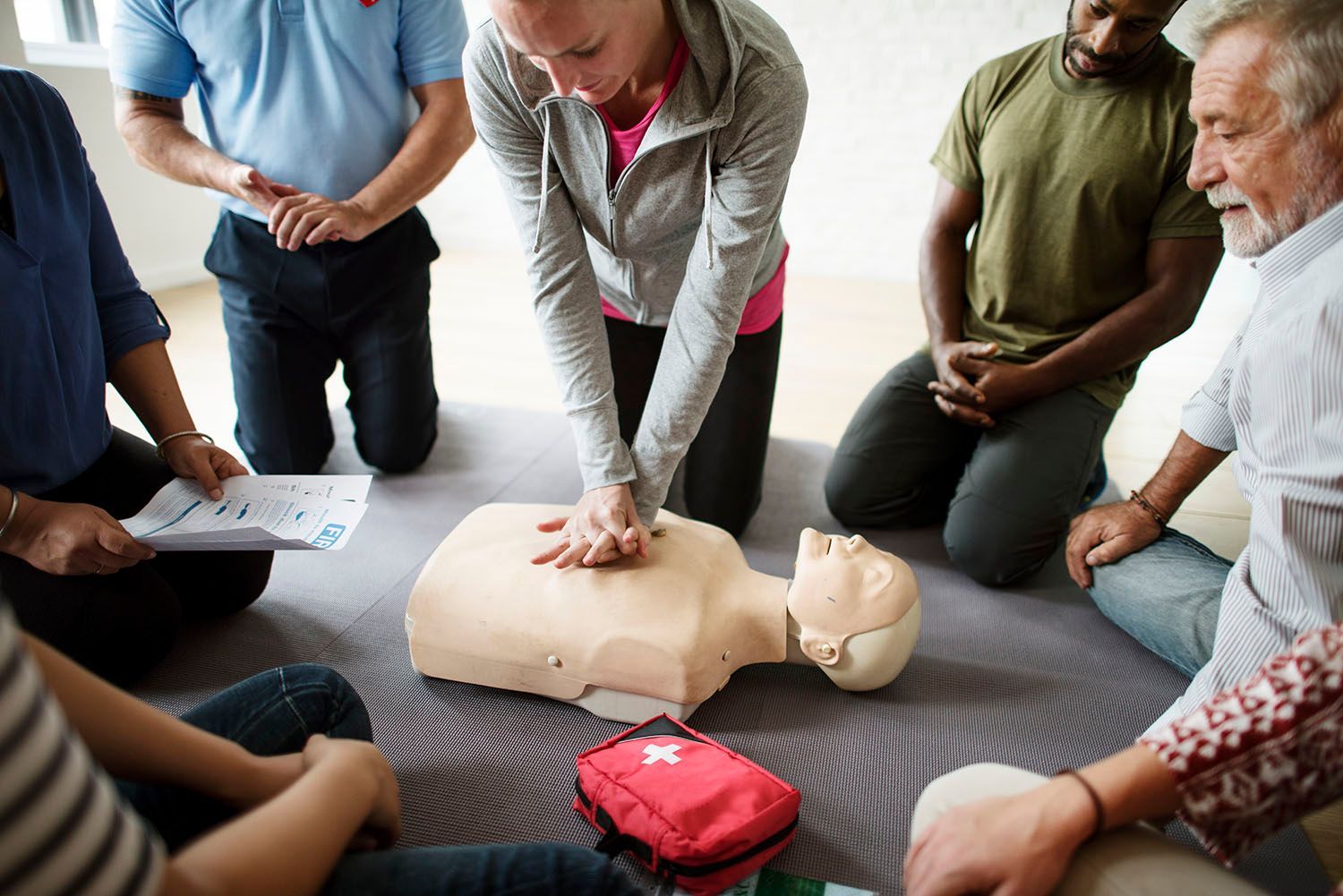
At Rapid Rescue Kits, we emphasize that preparedness is a shared responsibility.
- Households: Assign each family member a section of the kit to check.
- Businesses: Make it part of your
safety officer’s checklist.
- Schools and institutions: Perform kit audits each semester or quarterly.
When everyone is involved, nothing gets overlooked. And for industrial teams especially those in high-risk environments like power, water, and telecom, investing in
utility safety first aid solutions ensures your crews are equipped with life-saving tools that meet strict compliance and on-site emergency standards.
Pro Tips from Rescue Kit Experts at Rapid Rescue Kits
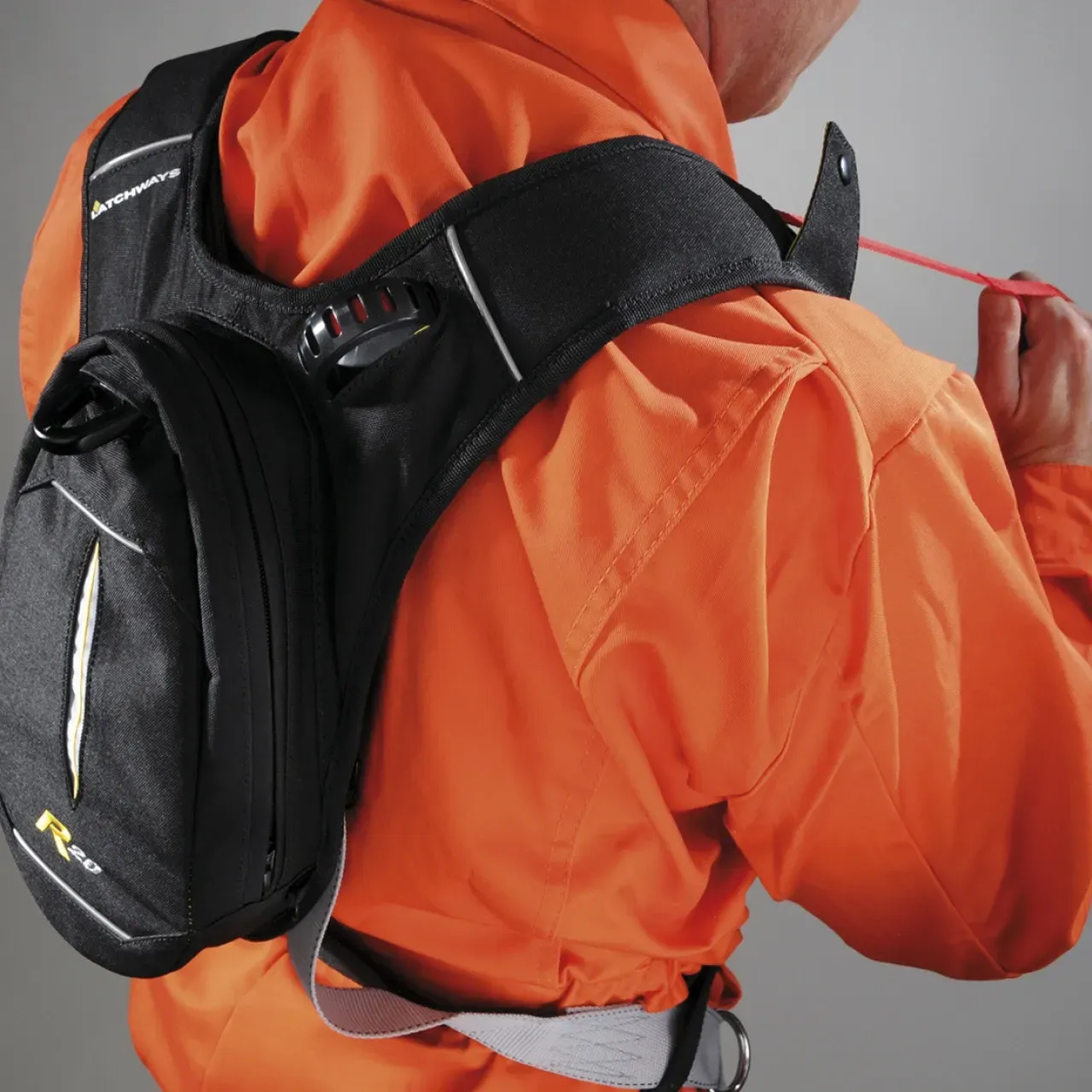
- Split your kit into zones: food, medical, shelter, tools—makes maintenance easier.
- Use color-coded packing cubes or zip bags for quick identification.
- Keep a mini kit in every vehicle—at the very least, include first aid, flashlight, phone charger, and water.
- Include cash in small bills—ATMs and card systems often go down in large-scale events.

